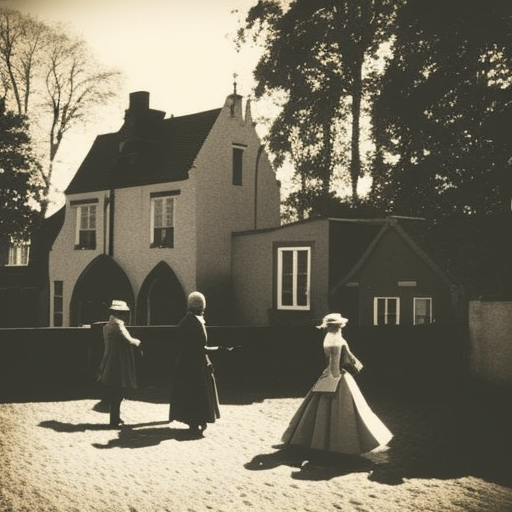The Dutch Golden Age
The Dutch Golden Age, also known as the Dutch Golden Century, was a period of remarkable economic, cultural, and scientific growth in the Netherlands during the 17th century. It was a time when the Dutch Republic emerged as a global power, dominating trade, art, and science.
Economic Prosperity
The Dutch Golden Age was characterized by unprecedented economic prosperity. The Dutch Republic became a major player in international trade, with Amsterdam emerging as one of the world’s leading financial centers. The Dutch East India Company and the Dutch West India Company were instrumental in establishing Dutch dominance in global trade, particularly in spices, textiles, and slaves. The Dutch also excelled in shipbuilding, which further fueled their economic growth.
Art and Culture
The Dutch Golden Age was also a period of great artistic and cultural achievement. Dutch painters, such as Rembrandt van Rijn, Johannes Vermeer, and Frans Hals, produced masterpieces that are still revered today. These artists focused on everyday life, landscapes, still life, and portraiture, capturing the essence of Dutch society during this period. The Dutch also made significant contributions to literature, with writers like Joost van den Vondel and Pieter Corneliszoon Hooft gaining international recognition.
Scientific Advancements
The Dutch Golden Age was not only a time of artistic flourishing but also a period of significant scientific advancements. Dutch scientists and scholars made groundbreaking discoveries in various fields. Antonie van Leeuwenhoek, a Dutch scientist, was one of the pioneers of microbiology, using his microscope to observe microorganisms for the first time. Christiaan Huygens, another Dutch scientist, made important contributions to physics and astronomy, including the discovery of Saturn’s rings.
Tolerance and Religious Freedom
The Dutch Golden Age was also characterized by a relatively high degree of religious tolerance and freedom. The Dutch Republic was home to a diverse population, including Protestants, Catholics, Jews, and other religious groups. While religious tensions existed, the Dutch government adopted a policy of religious tolerance, allowing different religious communities to practice their faiths freely. This atmosphere of tolerance attracted many intellectuals and artists to the Netherlands, contributing to the cultural and intellectual vibrancy of the period.
Legacy
The Dutch Golden Age left a lasting legacy on the Netherlands and the world. The economic prosperity of this period laid the foundation for the Dutch Republic’s status as a global economic power. The artistic achievements of Dutch painters continue to inspire and influence artists to this day. The scientific advancements made by Dutch scholars contributed to the progress of various scientific disciplines. The Dutch Golden Age also played a crucial role in shaping the Dutch national identity, with many Dutch people today still taking pride in their country’s rich cultural and historical heritage.
In conclusion, the Dutch Golden Age was a period of remarkable economic, cultural, and scientific growth in the Netherlands during the 17th century. It was characterized by economic prosperity, artistic and cultural achievements, scientific advancements, religious tolerance, and a lasting legacy that continues to shape the Netherlands and the world.












